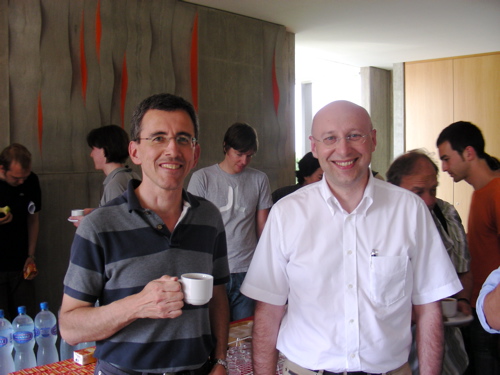Stefan Hell
Max Planck Institute for Biophysical Chemestry, Goettingen, Germany

Date
20 June 2007
Title
Imaging at the Nanoscale with Focused Visible Light
Abstract
Textbooks still portray the resolution of a lens-based light microscope as being limited to ~ 200 nm due to diffraction. However, in fluorescence imaging, the most popular method of imaging with a light microscope, the diffraction barrier is crumbling. Far-field fluorescence microscopy can now probe structures on the nanometer scale – once the prerogative of electron and atomic force microscopy. This has been possible with the emergence of physical concepts that break the diffraction barrier by exploiting selected molecular transitions in the fluorescent tags, such as stimulated emission or the switching between conformational states. I will discuss the underlying physical concepts along with the eminent role of physical, organic, and protein chemistry in this endeavor. The power and current limitations of far-field nanoscopy are demonstrated in applications to cell biology and the colloid sciences, heralding a fundamental change of our perception of light microscopy.
